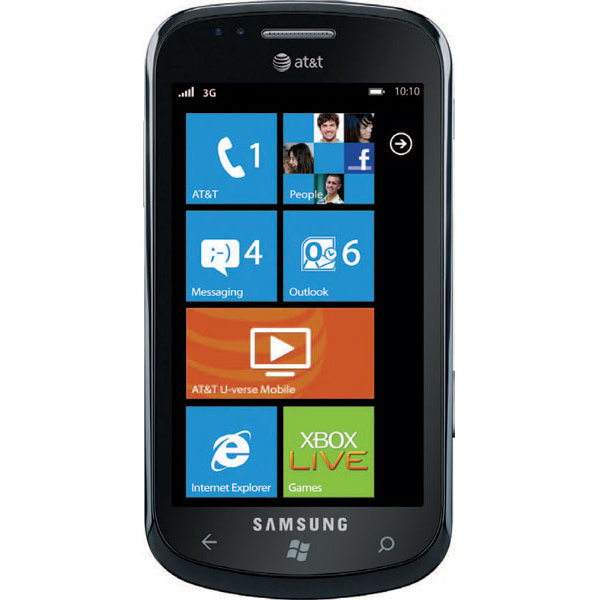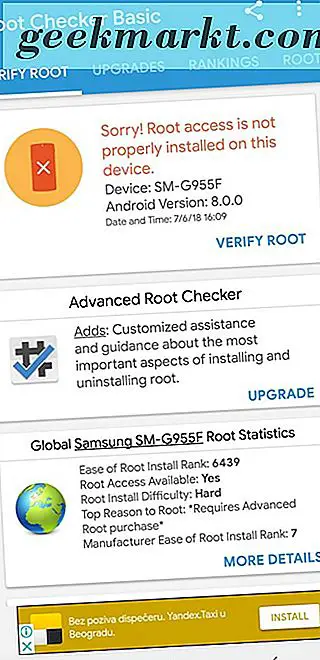

Any MAC address that has locally significant bit set as one and is also a unicast address can be considered a random MAC address. As noted in the diagram below, locally significant address 2’s bit of first byte is set to one. The good news is that generation of random MAC follows rules set by IEEE. ISE or wireless authentication system is in a unique position in the network to control the use of random MAC address for the rest of the network. As MAC address as a unique identifier is hard-coded into products and solutions throughout Cisco and 3rd party, which includes MDM/EMM, wireless performance monitoring, and device profiling systems.

Randomization is disabled by default out-of-the-box.Can setup randomization both globally for all wireless connections or per network profile (SSID).The implementations of MAC randomization are different depending on the vendor but here are few examples of the behavior: Microsoft Windows 10 This causes issue on the network elements which relies on MAC addresses to uniquely identify the endpoint or the user behind it. Fast forward few years, now devices started using random MAC addresses for the association to the wireless networks. By randomizing the MAC address used in the probe request frame, devices were able to hide real MAC address thus providing some level of privacy. In the beginning, the randomization of MAC was used to probe for known wireless networks by the devices.

But the way it is utilized has changed since it was first introduced. Mobile endpoints utilizing random MAC address is nothing new.


 0 kommentar(er)
0 kommentar(er)
